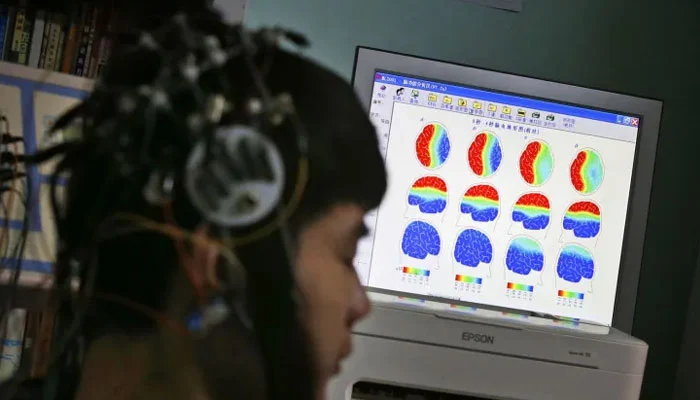According to News Scientist, the puzzle of creativity has long attracted minds, from Jane Austen’s literary brilliance to Zaha Hadid’s inventive talent.
While some people appear to be born with limitless creative abilities, the underlying mechanisms behind this phenomena have remained unclear.
However, recent developments in neural network brain scans are beginning to uncover the puzzles, providing insights that may unlock our collective creative potential.
Researchers exploring the complexities of creativity are making progress with the “dual process theory,” which distinguishes between idea development and concept appraisal.
During the initial phase, people dip into their knowledge reservoir, often using free association to discover new connections and ideas.
This technique may include finding analogies from dissimilar fields in order to stimulate innovative thought.
Following that, during idea evaluation, a critical lens is used to sift through concepts and select those that are most closely related to the desired results.
For example, a novelist must measure the attractiveness of a fantasy plot twist against its consistency, whereas an engineer must assess the viability of unorthodox design inspirations.
This two-stage method emphasizes the iterative nature of creative endeavors, in which ideas are constantly refined along the road from conception to fruition.
By explaining these cognitive underpinnings, researchers want to demystify creativity and open the way for strategies to improve creative thinking in a variety of disciplines.
As the veil over the workings of creativity lifts, the promise of developing and utilizing creative potential becomes more tangible for both individuals and civilizations.







